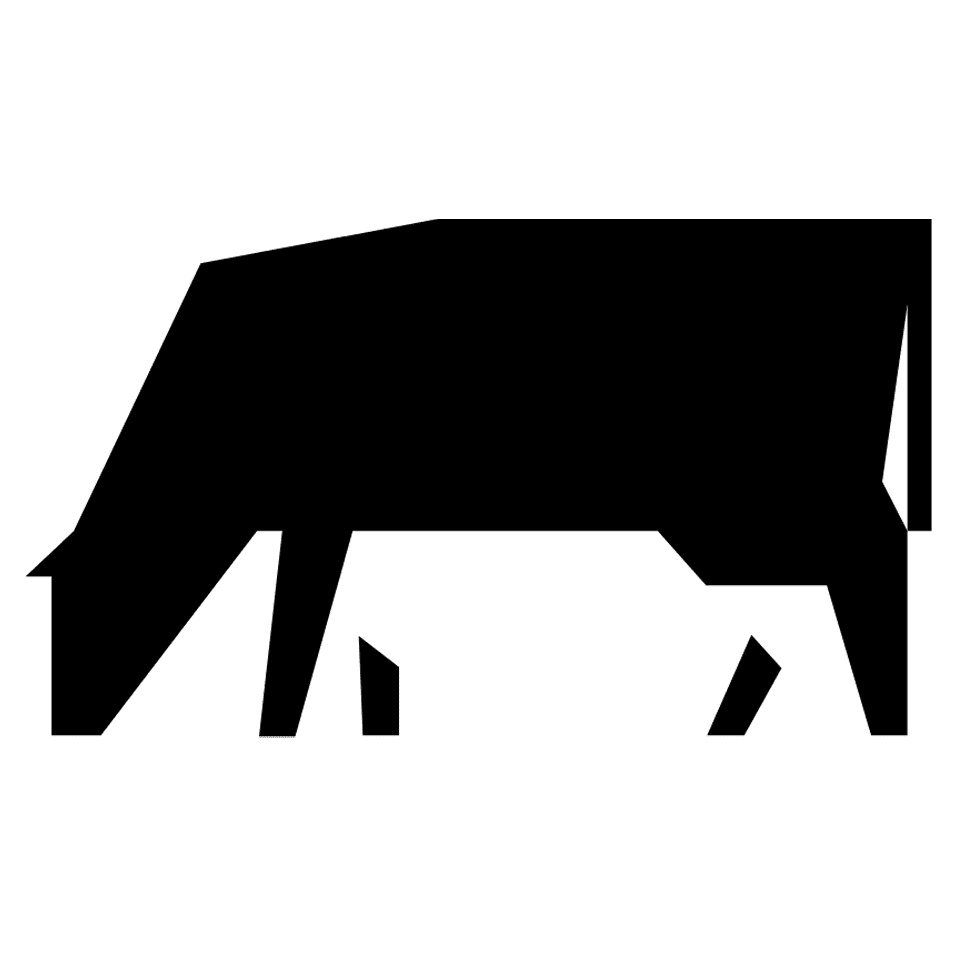
HOW TO MAKE THE MOST OF YOUR LATE CUT GRASS
Todays musings (some might say ramblings) are on the way we all read silage analyses wrong, and how that can impact cows health, fertility, and productivity.
“What’s the ME of your silage?” we ask, as if that is the best way to evaluate it. So what’s “ME”? It’s “Metabolisable Energy in the dry matter as Megajoules per Kg.”. The higher the better, right?
No.
The key is in the first, not the second, word. “Metabolisable”. In other words “how much of the energy can the cow actually extract from the silage, in the time it is passing through her digestive system.”
Uniquely, ruminants digest fibre, well, actually, the rumen is a big sack full of bacteria, protozoa, and fungi, which all have a role in extracting the potential energy, locked up in the silage/TMR. The cow mechanically crunches through the hard fibre linkage in the forage,, via cudding, which opens up a bigger surface area for the micro-organisms, then further separating occurs via enzymes produced by the micro-organisms. The critical part of this process, is NOT the potential (ME) energy, it is the rumen environment which enables the production of vast amounts of bacteria, which then move to the true stomach in the form which the ruminant can best utilise. We’ve bred cows with the potential for very high intakes, their size has increased over the decades, and so has their heat output (energy), but the achilles heel is simply acid load. If we back-up to the rumen, and look at the way the microbial population functions, the sensitivity to pH is the critical pinch-point.
What does your nutritionist dread most when he sees your silage analysis? A wet, low pH, high acid level, and vanished sugar content. It may well measure as “HIgh in ME”, but straight away the cow is being asked to ingest high levels of rapidly fermentable material, which will create a drop in rumen pH, with a silage which may already be pouring a couple of litres of neat strong acid into the rumen environment. Straight away, the brakes are on for attaining high intakes (rumen sends brain a message “stop eating, go and lie down, and cud like crazy to create saliva as a buffer”) , and the micro-organisms ability to generate the fibre degrading enzymes decreases. Worse still, as the rumen pH slides down to 5.0, the protozoal population takes a beating, as rumen microbe population rebalances to combat the acidity – it takes a long time for the protozoa to repopulate, so even short bouts of a mild acidosis, (Often described as SARA, sub-acute ruminal acidosis), can have negative effects for weeks. It’s not always beneficial, or economic, to try and buy/feed supplements to compensate.
In some circumstances, it’s possible to go into a winter faced with analytically good forage stocks, but unexpected challenges. Drought stress, for instance, encourages rapid maturation – which in itself increases hard, indigestible fibre. This can often combine with lower production levels, as later cuts are starved of water, so tend to be reduced tonnages. The temptation will often be to add “wet feeds” – given energy costs for drying, many of the traditional wet feeds, will remain very wet for delivery to farm, or to utilise cereals as the cheapest form of purchased energy. That then requires protein supplementation, usually via expensive (very expensive) concentrates, or in some cases feed grade urea. Herein lies the potential for more issues to do with acidity – with added complications. If the forage offered is a combination of rapidly fermentable grass silage, for instance, and “strong” maize silage fibre/grain, balanced with cereals or – for instance feed grade urea. But.. if rumen ammonia levels go up, the need for rapid microbial growth (to absorb the ammonia) also increases. If there is a strong mass of indigestible fibre, and still potential for reduced rumen pH, the overall diet digestibility can be negatively affected, with increased respiration, along with more frequent urination/defecation.
The benefits of SiloSolve treatment are manifold, and genuinely help not only in prevention, but in enhancing the nutritional value of the whole diet – however “cure” for these issues is in very careful consideration of the way the forage is likely to interact with the concentrate. Selecting feeds that have a synergy with the silages, balancing slow and fast fermenting sources, and in particular avoiding the possibility of pushing either mild acidosis or alkalosis states in the herd is critical. Things in the rumen aren’t absolute – a given pH isn’t a defined number, problems occur gradually, so ill-effect may be a slow decrease in milk quality, gradual loss of body condition, some unsatisfactory PD sessions, etc., depressed immunity, and ultimately drops in production.
